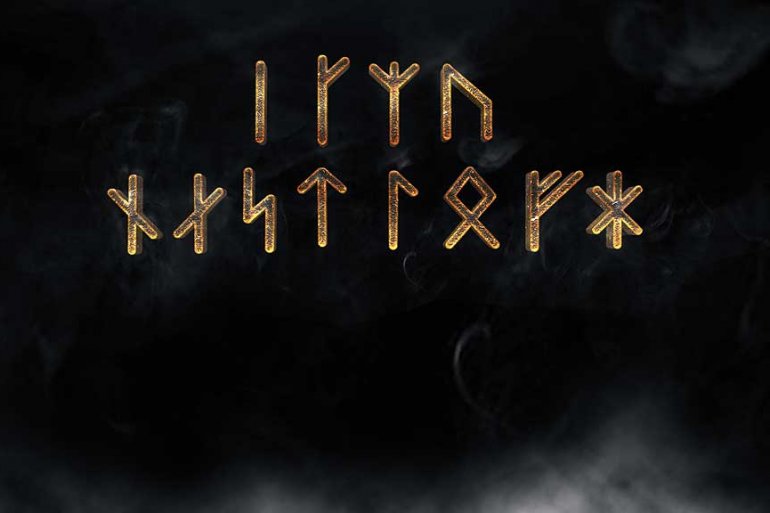Poetry, in our time, is not only a misunderstood art, but one that has been subject to a systematic program of denaturing and falsification, at the hands of those Andrew Harvey has characterized as “official tastemakers who have outlawed the sublime, and… a contemporary poetry world addicted to cheap irony, unearned despair, bizarre pastiche, narcissistic confessionalism, and blindingly boring baroque word games” In earlier ages, among many peoples, poets were the repositories of the total...
Plato, as the speaker Timaeus, refers to the Demiurge frequently in the Socratic dialogue Timaeus, circa 360 BC. The Demiurge as the entity who “fashioned and shaped” the material world. The Demiurge is the craftsman. The term demiourgos or craftsman is itself surprising – one might expect such a character to be rather grandly titled Nous or Logos. At Athens, the craftsman was either a slave or if free, one who acquired a certain stigma...
There are circa 21,000 visions of Mary in the last 1,000 years, of which 210 were reported between 1928 and 1971. Remarkable fact is that even before Christianity visions and apparitions of Rose Ladies were seen. The most famous of last century (1917) was Fatima. According to Sister Lúcia (she was one of the children who saw the Virgin Mary), Mary requested the consecration of Russia to her Immaculate Heart on several occasions. Mother Goddesses Many of the churches were […]...
From the earliest historic age, there are references to goddesses who are whimsical, erotic, and ferocious. The first texts of this sort have their provenance in the Near East; the female figures described in these texts are erotic, but they do not appear in the “magical” crouching or dancing positions evinced by their Neolithic predecessors. Anasyrma is literally “the exposing of the genitals.” This is a form of exhibitionism found in religion or artwork, rather...
Eleusis or the sacred Eleusinian mysteries of the Greeks date back to the fifth century BC and were the most popular and influential of the cults, and it has been said that nowhere did the ancient mysteries appear in such human, vital, and colorful form. The cult of Eleusis centered around the myth of Demeter (Ceres), the great mother of agriculture and vegetation, and her daughter Persephone, queen of the Greek underworld, the original name...
For centuries, the Temple of Apollo at Delphi in central Greece contained the most prestigious oracle in the Graeco-Roman world, a favorite of public officials and individuals alike. The oracle was said to relay prophetic messages and words of counsel from Python, the wise serpent son of the Mother-goddess Delphyne or from the Moon-goddess Artemis through their priestess daughters, the Pythonesses or Pythia. According to myth, the god Apollo murdered Delphyne and claimed the shrine and the Pythia for himself. […]...
Hidden within age-old classic stories lie the hermetic teachings of alchemy and Freemasonry. In his Mystery of the Cathedrals, the great alchemist Fulcanelli revealed the teachings of the hermetic art encoded in the sculpture and stained glass of the great cathedrals of Europe. What he did for churches, his disciple Bernard Roger does here for fairy tales. It is customary to label as legend the story of a fabulous “fact” attached to either a place—a...
The writer Aventinus stated that the Minne and the Minnesingers did not have anything to do with love and constant courting. That’s not entirely true. There are many enigmas and paradoxes concerning the Troubadour movement and their theme “LOVE” in the middle ages. They propagated the quest for selfhood, the birth of the individual. And the individual’s love is discriminative, personal and specific. You will have heard the old legend of how, when God created...
The story of the Goose Girl starkly shows the process that sets out when any one chooses to neglect or simply reject reality. And as a result chooses not to move into action. The Goose Girl, once an exquisite little princess who held tremendous promise, slowly but surely lost her dignity, her horse, her clothing, and last but certainly not least her personal identity. Your identity is not only who you were, nor is it who you may be. It […]...
In most cultures, there is no clear line separating myth from folk or fairy tale. All these together form the literature of preliterate societies. The Nordic languages have only one word for both: saga. The German language retained the word Sage for myths, while fairy stories are called Märchen. It’s the same in the Dutch language, the word Sage for myths, while fairy tales are called sprookjes. It is unfortunate that both the English and...
llmarinen the Smith, was a young companion of the wizard and demi-god Väinämöinen. Väinämöinen was the god of chants, songs and poetry; in many stories Väinämöinen was the central figure at the birth of the world. llmarinen But llmarinen was a wizard in his own right. He loved the daughter of Louhi, Sorceress of the North. The maiden loved him, too, but Louhi made the wooing a rough one: She charged the young man to...
From his seat in Asgard, Odin, observed the Norns at the base of Yggdrasil, and envied their skills and their foresight. The god twisted his will toward the undertaking of coming to know the Runes. The native home of the runes is the Well of Urd with the Norns and since the runes do not reveal themselves to any but those who prove themselves worthy of such fearful insights and abilities, Odin hung himself from a branch of Yggdrasil, pierced […]...













